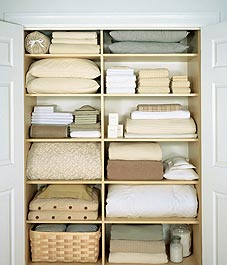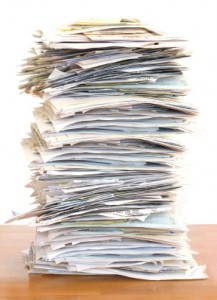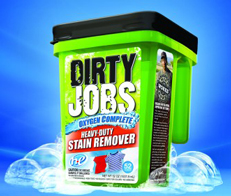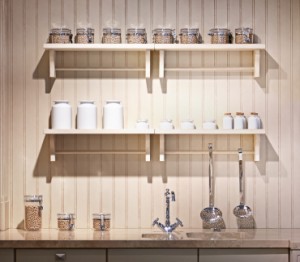Between our hectic lives and sometimes hectic physical spaces it’s easy to occasionally lose things. Whether it’s your keys, cell phone, or some other important item, the loss of a belonging can cause serious difficulties in our lives. You can keep this problem from happening with a few small tricks.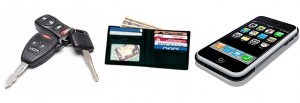
1) Everything in it’s Place: The old adage is helpful when it comes to losing things. Designate homes for your belongings and commit to returning them to these locations once you are done with them. As a secondary level of organization, attempt to keep like items with like items. This will assist in at least getting you to the general area in which the item should be located.
2) Launch Pad: A launch pad is an area of your home that houses items that you consistently take with out outside, such as your purse, wallet, keys, and cell phone, etc. Ideally, it should be located near the entrance to the home and have enough space to store the items neatly. When entering the home deposit the items and do not move them again until you leave.
3) Mental Notes: Even when we have the good intention of leaving an item a place we think we’ll remember, it sometimes slips from our memory. Science tells us that if you actively chose to make a mental note when leaving the item somewhere you’ll be more likely to remember the location later. So when you are setting something down, take a moment to say to yourself ‘I’m leaving my phone on the kitchen counter’ or something similar.
4) Out & About: Experts state that the top 4 places for losing things are airports/airplanes, restaurants, public restrooms, and hotels. That being true, we need to be especially aware of our possessions when out and about. To keep from leaving things, commit to a routine of checking for your items before leaving the location. For example, before you leave a hotel room, check the closet, drawers, under the bed, in the bathroom, and around the room. Think of the process as the final step before you can check out and you’ll lessen the chances of leaving that phone charger on the wall.
5) Technology: If these tricks don’t help, resort to technological help. KeyRinger, a sound-enabled locator device, can be attached to keys, remotes, and other items. FindmyiPhone is an app that can be downloaded to an iPhone that allows GPS tracking of missing iPhones.
We hope these tricks help, but remember the most important thing to keep in mind when something has become lost is to stay calm. It’s likely you know where it is, so as long as you remain composed you should be able to locate it.
TWOW

